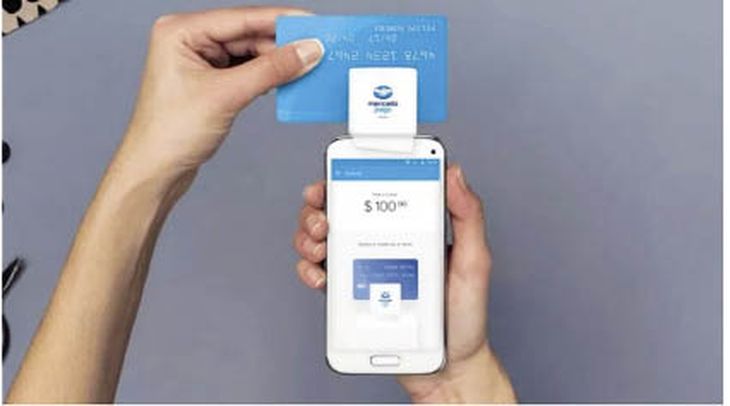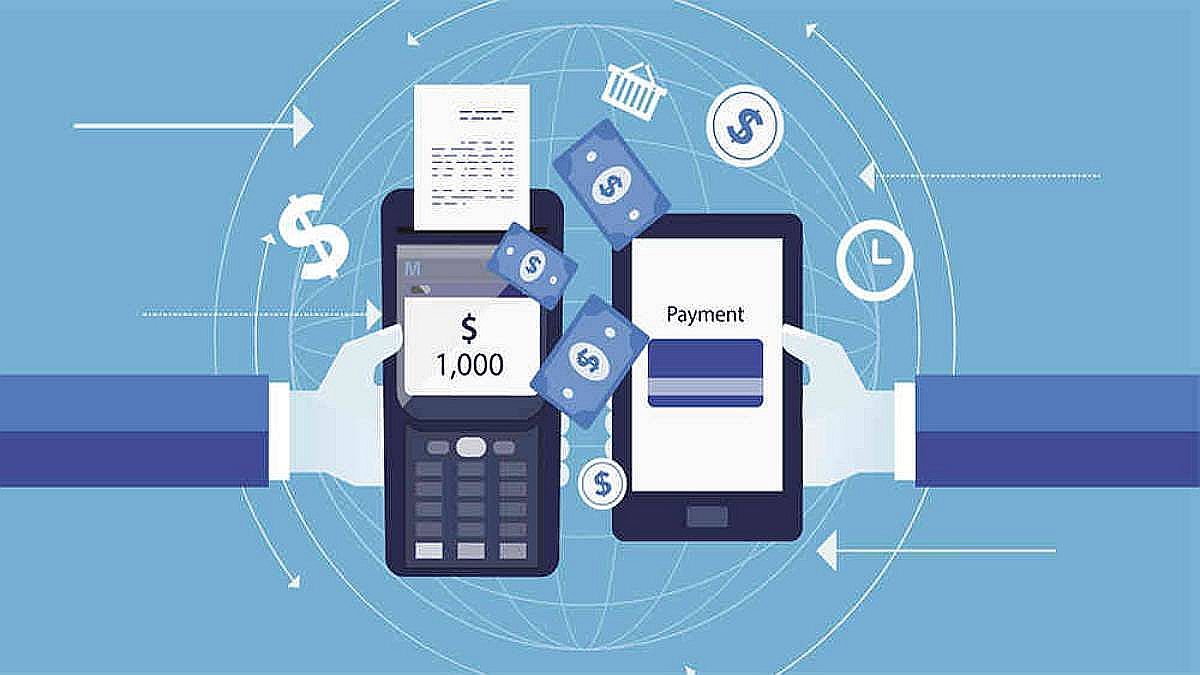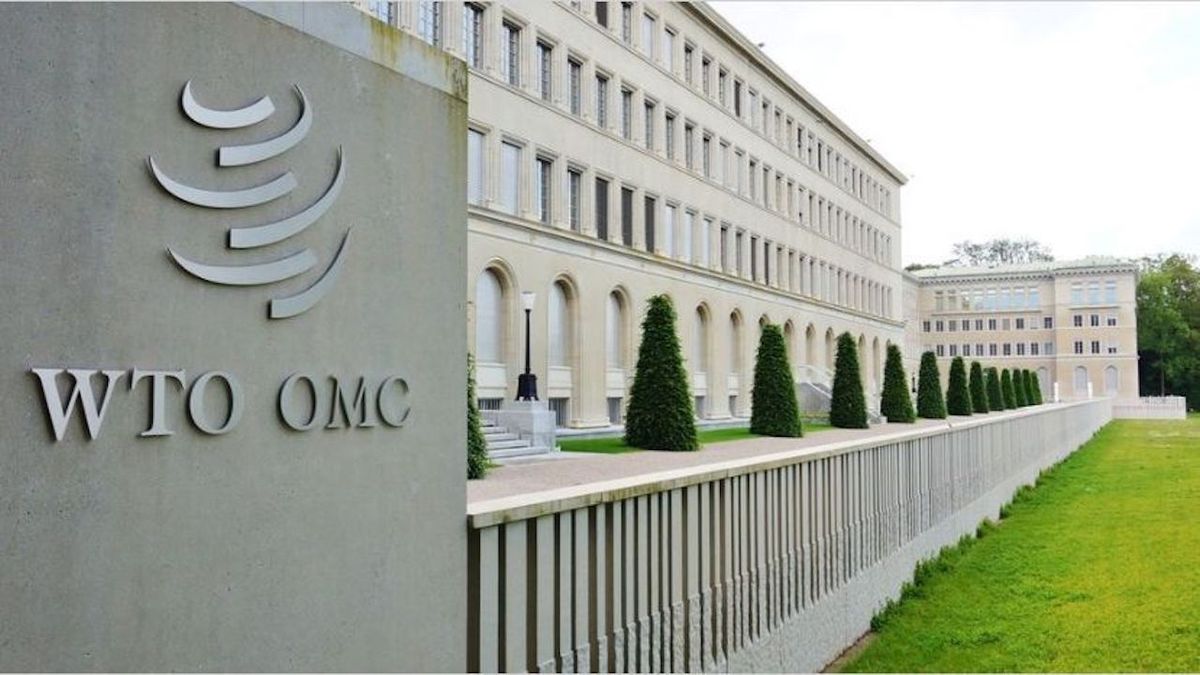This is evidenced by the high degree of banking penetration that was achieved in record time. The increase in the use of bank accounts was associated in a significant proportion to the extension of social benefits and the opening of salary accounts for retirement and/or pensions.
Despite this, the use of digital payment methods still has ample room to continue growing. According to the latest BCRA financial inclusion report -November 2021-, the most used electronic means of payment are debit and credit cards, while transfers have a smaller share.
Digital Payments.jpg
The question that arises is why, if digital wallets have developed so much in the last two years, a digital payment ecosystem that manages to displace traditional means of payment has not yet been consolidated. The answer is simple: there is an access gap that affects the most vulnerable social sectors. And it is useless to create a digital payment method if it lacks acceptance in stores.
If we delve a little into its history, we will see that the traditional payment operating model, defined 40 years ago using point of sale terminals, is expensive. For example, the commissions of the intermediary companies range between 2% plus VAT for credit card commissions (regulated by the BCRA) and 7% plus VATwhich is what some digital payment applications can retain. For a local business, this is an impossible loss in their profits, which is why, by accepting these means of payment, they often end up transferring that cost to the final value of the product.
In addition to the problem of commissions, there is the time elapsed between the acceptance of the payment and the crediting in the merchant’s account, since in traditional payments, the terms for crediting a sale with a debit card is one day, and if it is credit, it is extended to 8 days for micro and small companies.
This shows that there is still an outstanding debt regarding digital acquisition, because if a person is given a payment method, but has nowhere to use it, they will always fall back to cash.
At this point it is clearly perceived that the capillarity of the acquisition is essential so that both merchants and users can benefit from the advantages of have digital payments available.
PAG21-MARKET PAYMENT_opt.jpeg

Change. Technology is gaining ground in commerce. Digital payments are a phenomenon that does not stop growing and a strong increase in activity is expected for this year.
One of the options to overcome this situation in which costs are not in favor of merchants, and therefore of users, is that there is a greater offer of digital payment applications that can compete. In this way, the price that businesses must pay to have a digital acquisition means available will tend to zero.
An example of this is Business ID Account, a digital collection application that allows small and medium-sized businesses to accept payments from any wallet, as stipulated by the Transfers 3.0 initiative promoted by the BCRA. The great added value of this solution is that its commission is free for the first three months for the merchant, and then it is included within the range of the 0.6%.
In this way, In order for us to make the leap to a 100% digital payment ecosystem, it will be necessary to promote digital payment acceptance methods economically to increase acquisition among merchants. But it is also important to continue working on financial education among the population and for there to be an industry agreement to promote a fairer and more inclusive system.
CEO and Co-Founder of Veritran.
Source: Ambito




